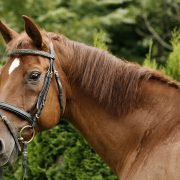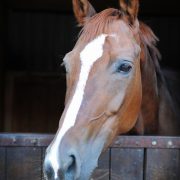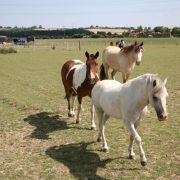Incidence and risk factors of surgical site infection and septic arthritis after elective arthroscopy in horses
J.Y. Brunsting, F.J. Pille, M. Oosterlinck., M. Haspeslagh and H.C. Wilderjans | Veterinary Surgery | October 2017
Elective arthroscopy is generally associated with a low risk of complications; the most common postoperative complications include infections either as a surgical site infection (SSI) and/or septic arthritis…




Connect with us